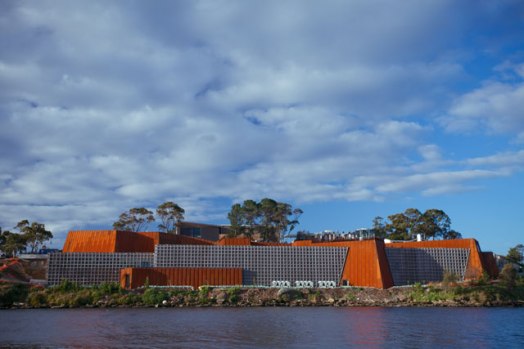Posts Tagged ‘Frank Gehry’
Chapter 3 (Part1): Collector-Created Cultural Capitals
“Los Angeles in my view is becoming the contemporary art capital of the world.”[i] – Eli Broad
LA, or certain people who write about the art scene in LA, or people who get quoted about the art scene in LA, seems to have an inferiority complex. Everything that happens in the arts (a new exhibition, a new art fair, a new museum director…) is deemed the thing that will finally turn LA into an/the art capitol. William Poundstone did a survey of this decades-long mentality[ii] this week inspired by an article in The Economist titled, “2014 may prove a turning point for art museums in Los Angeles.”[iii] But come on – LA, people who write about the art scene in LA, people who get quoted about the art scene in LA, and the people of LA have nothing to prove. The Getty squashed that issue a few years ago, didn’t it?
Back in 2011, the Getty’s ten-years-in-the-making endeavor, Pacific Standard Time (or PST as it has come to be known) opened. Over 60 institutions across Southern California presented exhibitions focused on the region’s art scene between the years of 1945 and 1980. The Getty’s goal was to record, preserve, and present the many contributions Southern Californian artists and arts organizations made to contemporary art during the time period. Initial grants were given to arts organizations to catalogue archives from the period, followed by exhibition grants. Some of these exhibitions traveled to other venues in the country and some traveled internationally. Catalogues from these exhibitions were published and quickly integrated into university curriculums. Besides this trove of scholarship, another goal of PST was to present Los Angeles as an artistic capital.
Chapter 1 (Part 1): One Eli Broad Too Many, Or Not Enough?
“Eli is not the problem. The problem is that we don’t have enough Elis in Los Angeles to balance out his generosity and the power of his influence.”[i] – Ann Philbin, Director, Hammer Museum
Photographs of Los Angeles from fifty years ago capture an unfamiliar city. In the 1960s, downtown’s Bunker Hill was still occupied by a row of quiet Victorian houses. Since then, the Victorians have been cleared away and the city has experienced a population boom often illustrated as a mushroom cloud-shaped diagram, and now boasts a population of 9.86 million.[ii] While established in many ways, Los Angeles’s philanthropic culture is still in its infancy. Despite ranking the second most populous city in America, the quantity of powerful philanthropists is insignificant at best. Those who are active give to educational, environmental, health, and political causes.




